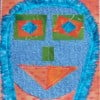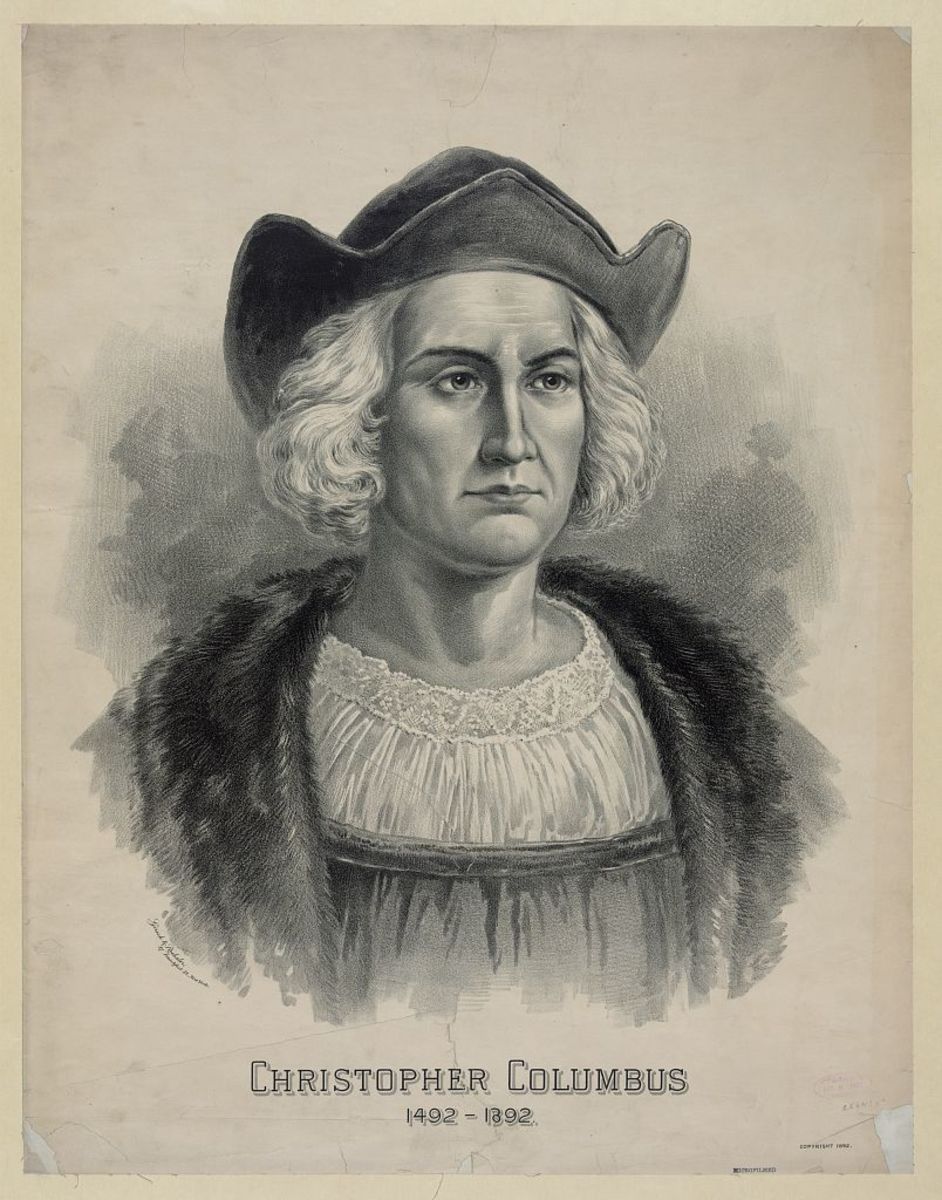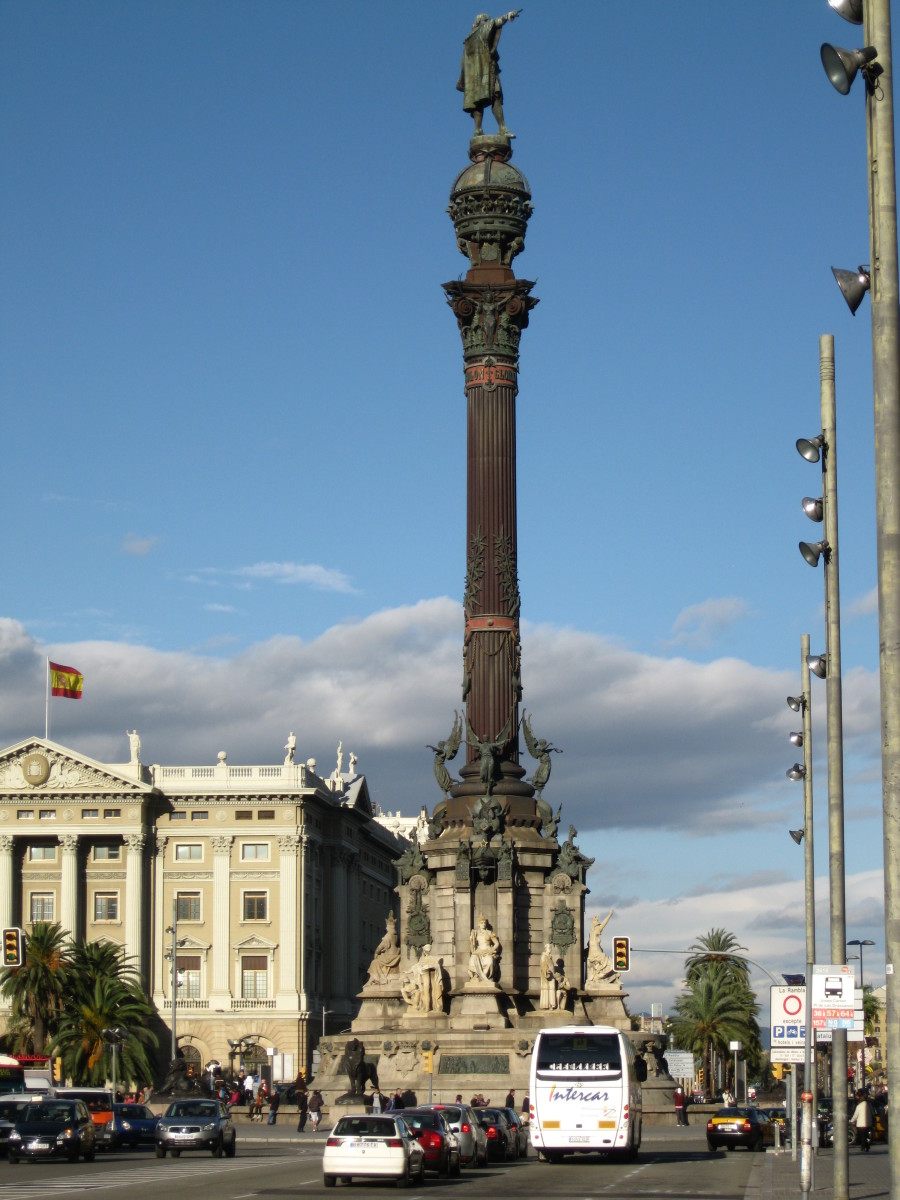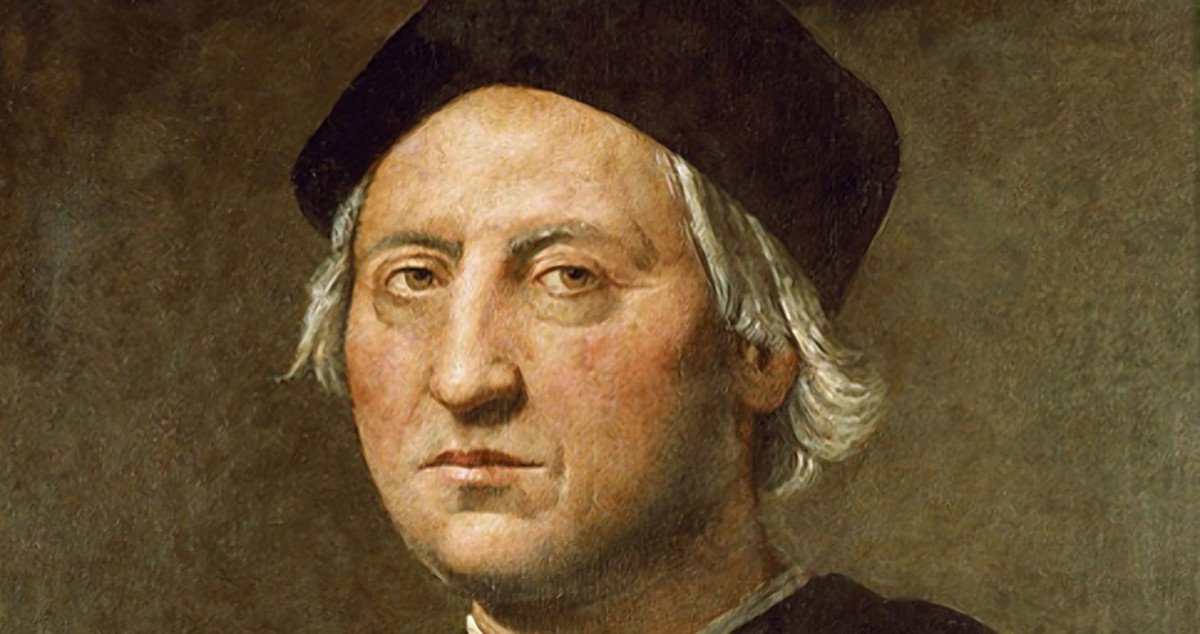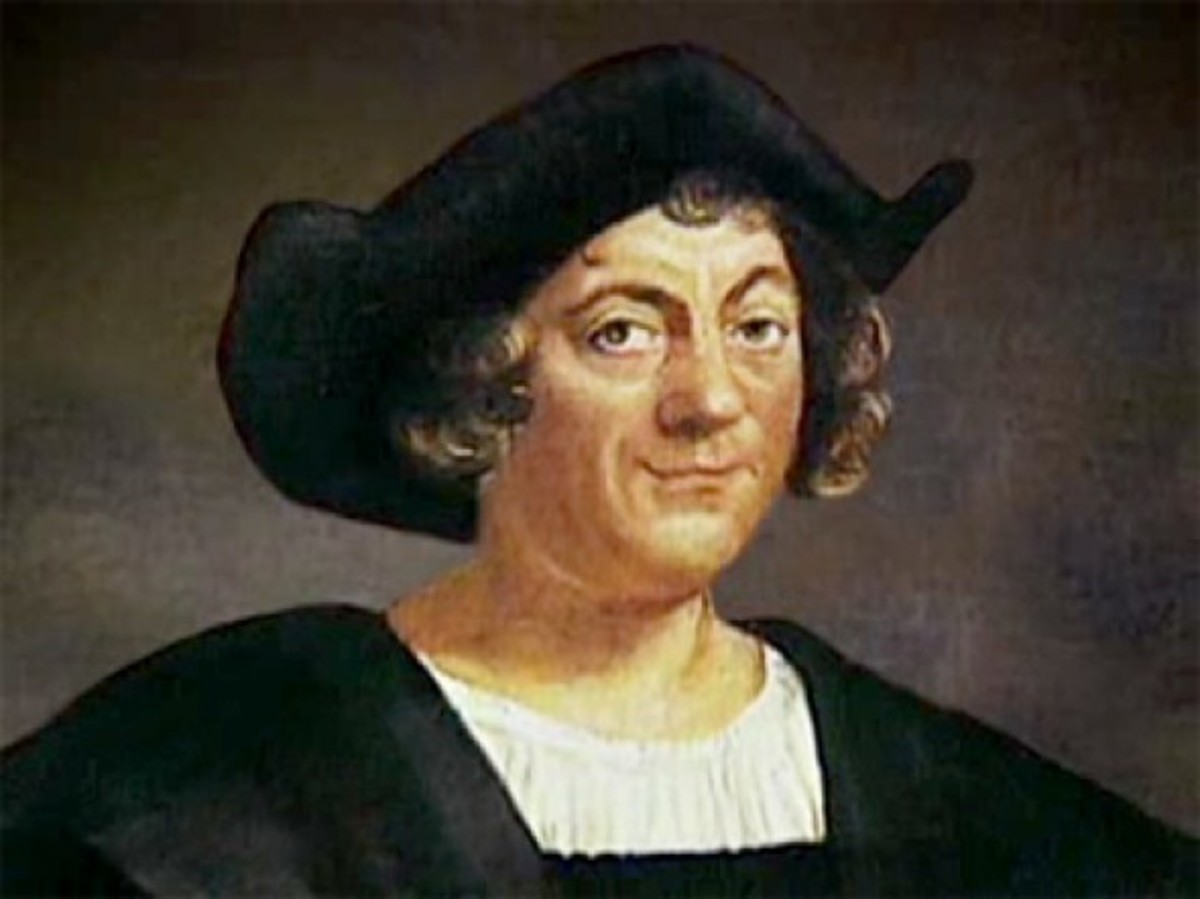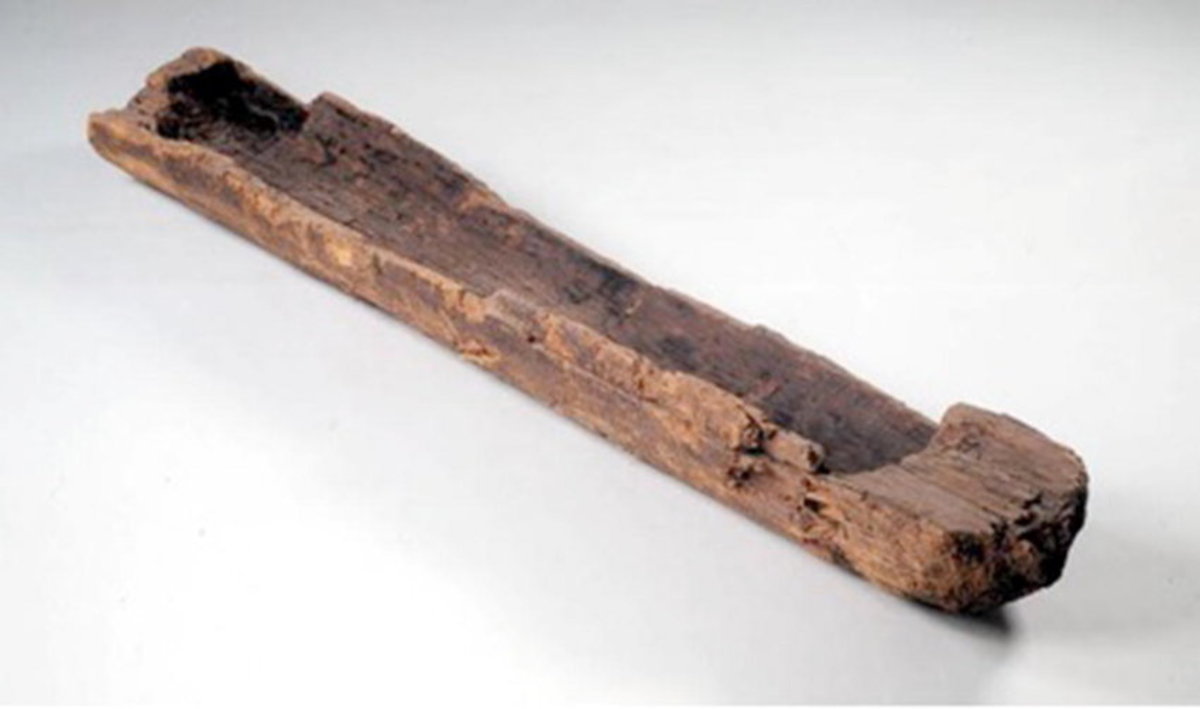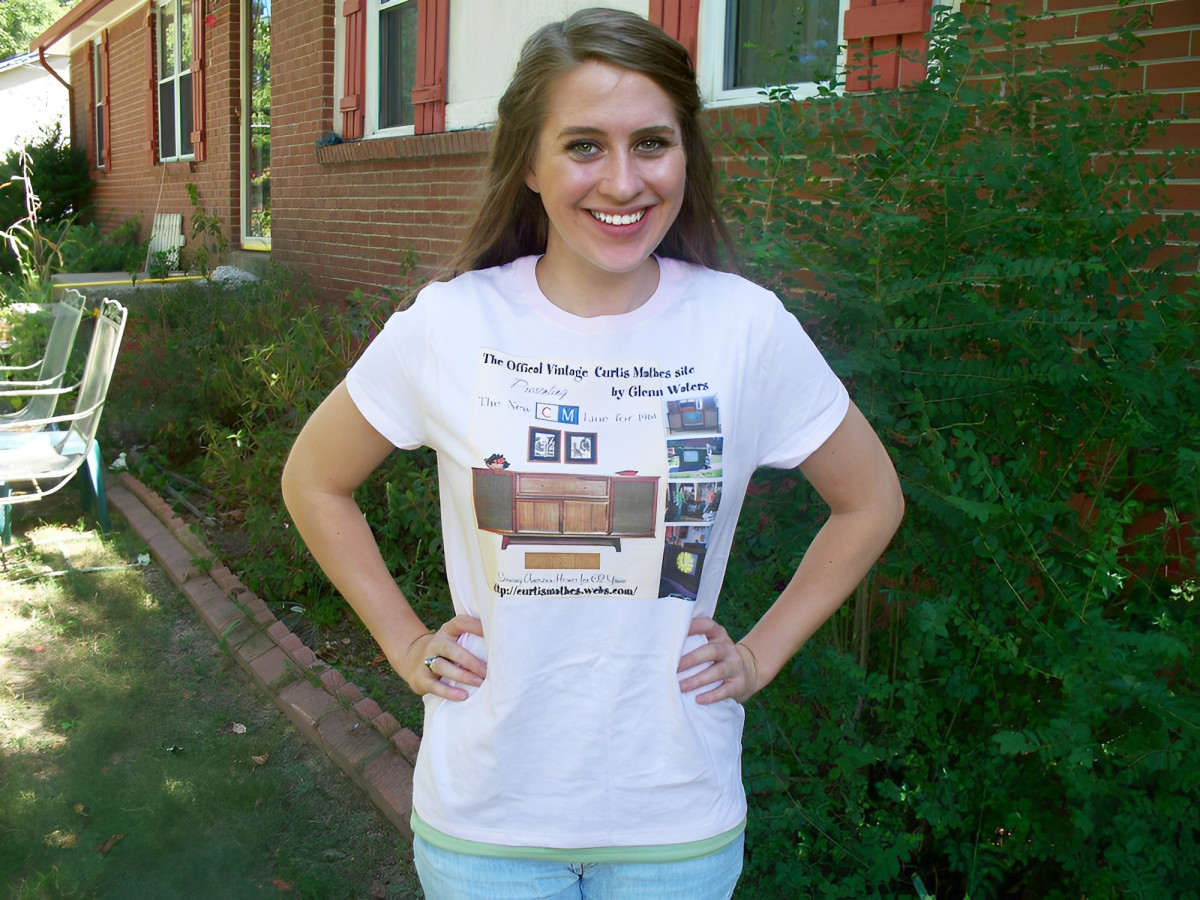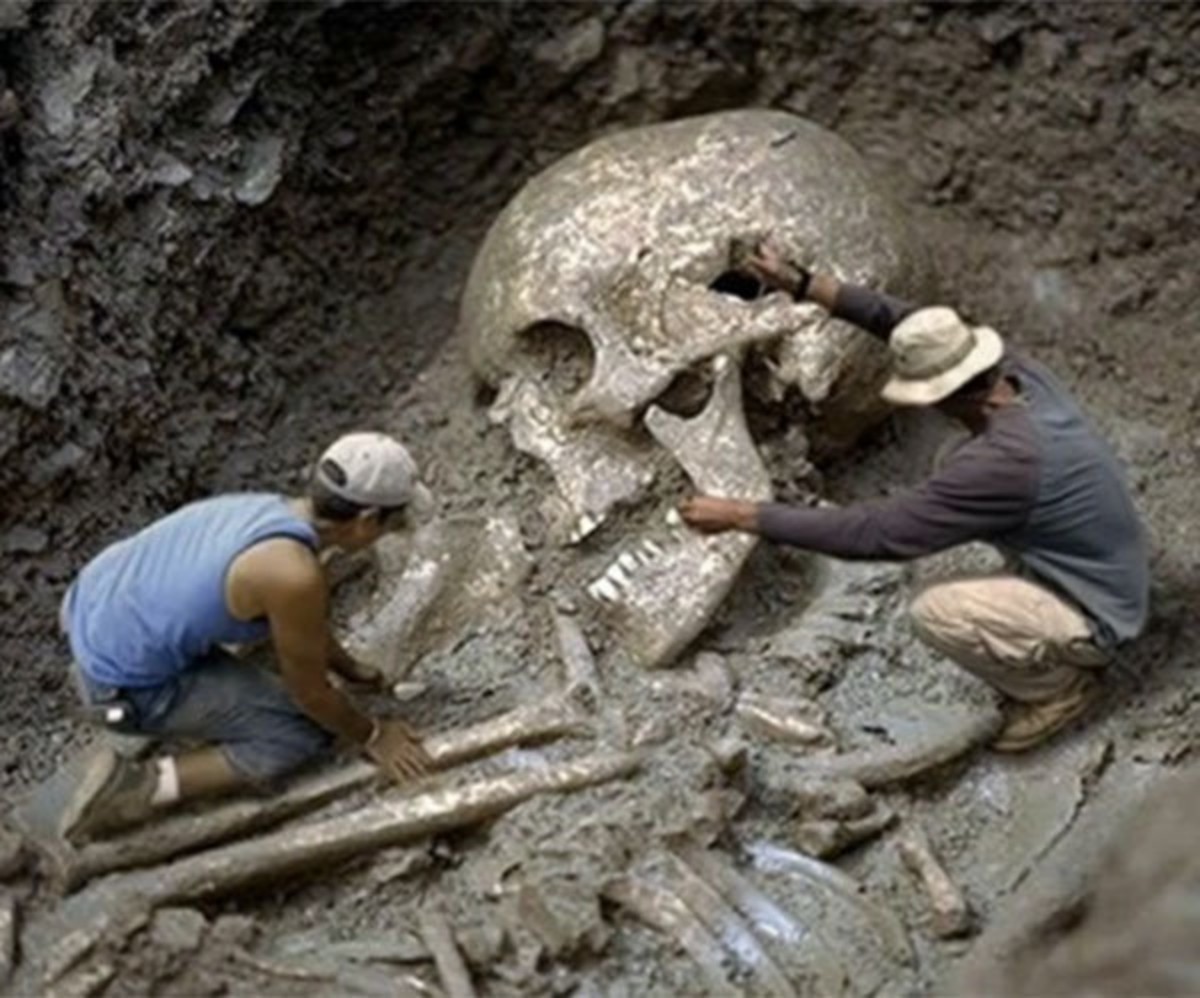The First Voyage of Christopher Columbus
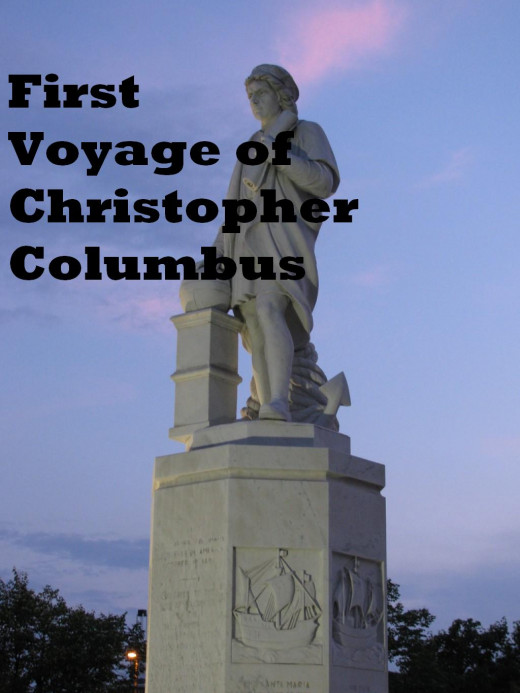
Christopher Columbus Changed History
Christopher Columbus was an Italian explorer, navigator, and colonizer. He completed four voyages across the Atlantic Ocean and attempted to establish permanent settlements in the New World. He shattered the belief that the earth was flat, led the awareness of the Americas to the Europeans, and initiated the process of Spanish colonization.
Even though he wasn't the first to reach the Americas, his voyage and discoveries led to lasting European contact with America.
It all started with his first journey west from Spain. Ever since Constantinople had fallen in 1453, the trade routes to the east had largely been shut down. Their alternative was to go around Africa. He proposed a shortcut. Instead of heading east to get to India and China, where they could get gold, spices and other goods, that he could go west, and avoid having to go around the huge continent of Africa. He tried to obtain assistance from many different countries for his voyage, and finally received it from Queen Isabella and King Ferdinand of Spain.
Current Map Showing Positions of Europe, Africa, China, and India
Columbus Sets Sail for the East Indies
Christopher Columbus left Spain on May 11, 1492 as Admiral of the Fleet, using three relatively small sailing vessels, the Niña, the Pinta, and the Santa Maria. He was sailing westward, assuming that they would first find the island of Cipangu (Japan) or the land of Cathay (China).
The three ships sailed southwest to the Canary Islands where they loaded up on supplies and got the ships fitted for their long sea journey. They considered leaving the Pinta behind, as it was taking in water, but decided to repair it instead, even though it required a long layover.
The Niña, Pinta and Santa Maria Cross the Atlantic Ocean
They departed September 6, 1492 and continued westward for days, eating dried biscuits, garlic, onions and beans, and fish. They slept on the cramped deck. Because this was undiscovered territory, they did not have any maps to guide them, and some of them likely feared coming to the edge of the world and dying. Columbus kept two logs. The one he showed to the crew made it look like they had not traveled as far as he thought they had, to keep them from feeling like they were so far away from home.
On September 14, they saw some terms. Since these birds stay fairly close to land, they thought they were close to land. They pressed on, but the sea was calm, so they were not able to make much progress until the winds picked up again. On September 25, they thought they saw land, but it was just some clouds. They continued to find things that made them think they should hit land soon, but each time, they were disappointed, and tensions continued to climb amongst the sailors. They wanted to return home, but the Admiral persisted.
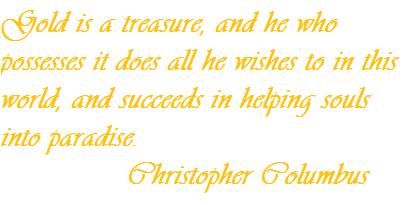
Christopher Columbus and the Crew Sight the New World
After traveling for over thirty days, they finally sighted land on October 12, 1492. They reached land and explored it to find out where they landed. They did not know where they were, but it was an island in the Bahamas.
He met some natives, who had gold in their noses. He assumed that he was in the East Indies, and called the natives "Indians." The countries of the East Indies are Bangladesh, Malaysia, Maldives, Myanmar, Pakistan, Sri Lanka, Thailand, India, and Indonesia.
The sailors continued to explore the new world for several days, hoping to find Cipango (Japan). On October 14, they sailed beyond the island he called San Salvador. He traded with the natives and claimed each island for the King and Queen of Spain. On the 28th, he reached Cuba. The locals were afraid of them at first, but eventually they warmed up to him and the crew. He stayed in Cuba for the remainder of October and much of November. The Spaniards were impressed with the tobacco and cotton that was grown there.
On November 21, the captain of the Pinta sailed away on his own, showing some animosity between the different ships. The Niña and the Santa Maria went to the island they called Hispañola. The land reminded Columbus of Spain. He found the people beautiful, peaceful and industrious. Columbus found some gold in Tortuga but not in large quantities. They spent most of December in Hispañola trading with the natives.
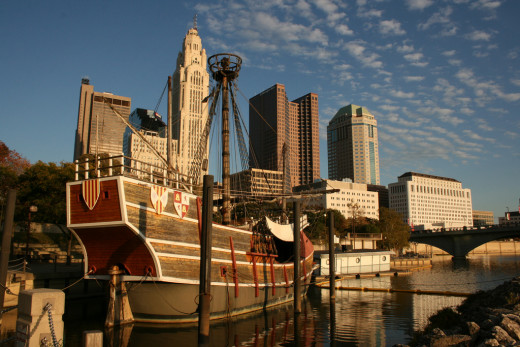
The Santa Maria gets ShipWrecked
Late Christmas Eve, while the Admiral and most of the crew slept, the Santa Maria ran aground on a coral reef. They tried everything they could do to save the ship, but it was wrecked. The crew of the Niña and the natives with canoes rescued the crew and supplies of the Santa Maria. Without the Santa Maria, there was not enough room in the other two ships to carry all of the sailors. Columbus took the wreck as a sign from God that He wanted a settlement built on the spot. The fort, called "La Navidad," was built from the timbers of the Santa Maria. It was a first attempt to build a settlement by the Europeans since the Norse landed on Newfoundland. They left seeds, supplies, and skilled tradesmen, including a carpenter, a cooper, a gunner and a caulker to help ensure a successful settlement.
Christopher Columbus decided it was time to return home to Spain to tell the King and the Queen about their discoveries. They were getting ready for the journey when two days before they set sail, they encountered people with weapons. There was a minor skirmish and two Indians may have been injured.
Christopher Columbus on Amazon
Christopher Columbus' Return Trip to Spain
They eventually spotted the Pinta and were reunited. On January 16, the Pinta and the Niña set sail for the homeward voyage. The first part of the journey as they sailed north went well. As they turned to the east, dark clouds gathered and the weather began to change. About the 12th of February, a terrible storm struck, and the ships had to deal with fierce winds, crashing waves, thunder, and lightning. Fearing death, Christopher Columbus ordered a sailor to throw a sealed cask overboard containing the story of their adventures, hoping it would reach the King and Queen.
As the storm continued for a second day, the sailors on the Niña lost sight of the Pinta. As they sailed on, they finally came to the familiar Portuguese islands of the Azores. Half of the sailors went to church to thank God for helping them through the storm, but were arrested by the governor of the island and his troops. Despite the facts that the locals did not like Spain or Spanish ships, and Christopher Columbus was able to beg, plead, argue, and trade to obtain release of his arrested crew members, and receive the food, repairs, and most of the items he needed for the remainder of his journey.
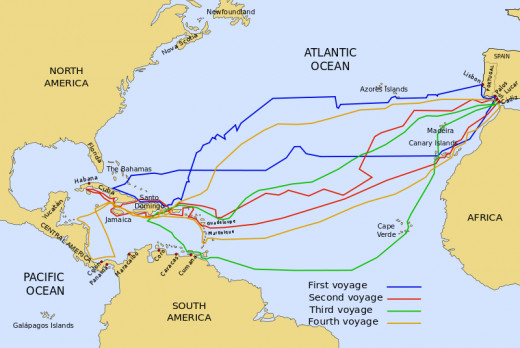
Additional Resources
- The Log of Christopher Columbus
The log of Christopher Columbus's first voyage to the New World. Translated in 1903 by John Boyd Thacher. - Christopher Columbus: Discoverer of America
Christopher Columbus set out to find China and India. Even after four trips, he never knew that he had discovered a whole new world. - Christopher Columbus: Extracts from Journal
Selected extracts from the journal of Christopher Columbus during his voyage of 1492.
They set sail again north by east, but ran into another storm and had to shelter again in a Portuguese port near Lisbon. He was sure the ship would break up. They were expecting a hostile welcome, but received an invitation to see the King of Portugal who congratulated the crew.
They set sail again and returned to Spain. He returned to Spain on the 14th or 15th of March, 1493. The Pinta arrived later that same day.
Christopher Columbus visited the King and Queen of Spain to tell them about his journey and collect the reward, and was given a medal instead. He became the Admiral of the Ocean Sea and a respected seaman. He went on three more voyages to the New World. On his second voyage, he commanded a large fleet with colonists. It is likely that he never realized that what he thought was Japan or China was actually the great continent and islands of the Americas.

The First Voyage
Christopher Columbus and his crew had to have a great deal of bravery and persistence to sail westward in uncharted territory. They were not sure whether they would reach land, did not know how far they would have to travel, and faced the possibility of reaching the edge of the earth. They faced hardship such as cramped quarters, violent storms, and dissent amongst the crew members. He insisted on being peaceful with the natives, and attempted to convert them to Christianity.
In this voyage, they managed to persevere, and change the course of history not only for the Americas, but also for Europe and the rest of the entire world.
© 2012 Shasta Matova
